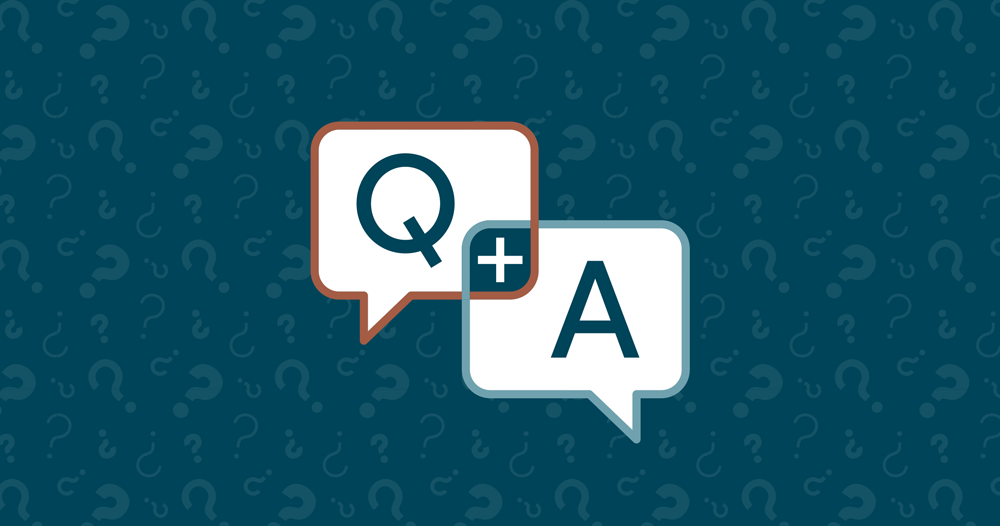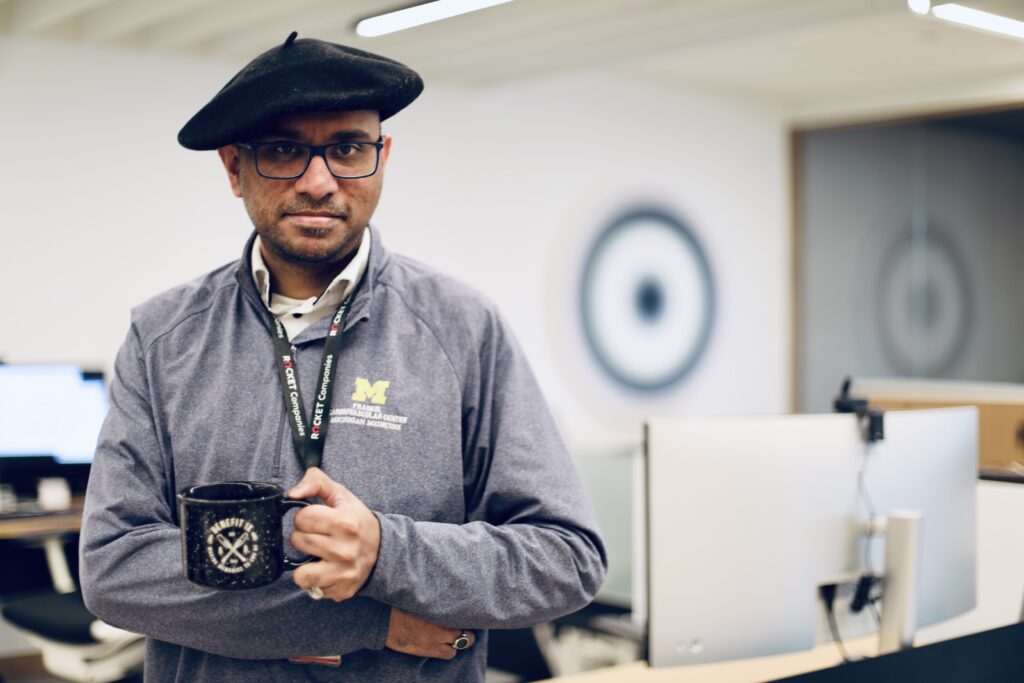Q&A With Kalyan Vinnakota
Curing NFMay 31, 2023

This edition of Q&A features Kalyan Vinnakota, Senior Scientific Program Manager who is helping us accelerate a cure for neurofibromatosis (NF1). Kalyan’s diligence and wealth of knowledge are a constant source of inspiration for our Curing NF team. He leads the Vision Restoration Initiative, comprised of a “dream team” of basic science and clinical researchers focused on developing viable therapies for NF patients suffering from optic nerve damage and loss of sight due to tumors known as NF1-OPGs. His hope: to prevent the tumors from developing and restore sight to those who have lost it. Kalyan is equally dedicated to serving his community, as he volunteers his time as a language consultant in support of the National Language Service Corps.

Q: How did you get involved with NF work?
A: My involvement with NF1 started when I joined the GFF in late 2020 as the Scientific Project Manager of the Vision Restoration Initiative. I first heard of NF1 when I applied to GFF for this position and was immediately hooked. A mutation in the Nf1 gene predisposes the patients of this disease to tumor formation in the peripheral and central nervous system. This is a complex disorder with numerous manifestations and no cure currently. We hope to change this with the work we’re doing on the team, and we’re making progress.
Q: Your work focuses on advancing medical research for our Vision Restoration Initiative (VRI). Can you talk about why it’s so important?
A: About 15-20% of NF1 patients develop low grade tumors along the optic nerve and the optic pathway which are known as NF1-associated optic pathway gliomas (NF1-OPGs). These tumors can damage cells of the optic nerve, known as retinal ganglion cells (RGCs), that convey visual information from the eye to the brain. Because of this, 35-50% of those patients can develop vision loss of varying degrees. There are no current therapies to protect or regenerate those optic nerve cells. This is an unmet need for this patient population and vision is one of our most important senses. That’s why the VRI is on a mission to generate vision protection and restoration therapies to help NF1-OPG patients.
Q: How do you overcome challenges in the research, or unexpected delays?
A: The VRI works with a ‘Dream Team’ of basic science and clinical researchers, bringing together, for the first time, experts in RGC protection and regeneration and NF1. The work funded by VRI is highly collaborative and is organized in a series of milestone-driven research awards. These awards are aimed at taking basic science and discovery work towards preclinical proof of concept and ultimately towards activities that enable applications to the FDA for first-in-human trials of therapies developed by VRI. We approach challenges with a yes-before-no mindset and curiosity to understand the specific roadblocks. Then, we act quickly to provide additional resources or expertise needed to overcome those challenges.
Q: What inspires you most about the work that you do?
A: The goal and the possibility to make a difference in the lives of patients with unmet needs is the most inspiring aspect of my work. Contributing to such endeavors is the dream of nearly every biomedical researcher.
Q: What’s been the most rewarding experience you’ve had in your role?
A: Shaping the VRI research program for the current phase of research in collaboration with the GFF Scientific Officer, VRI Dream Team, and the Advisory Board has been the most rewarding experience so far. This is very important and sets the course for generating proof-of-concept for VRI’s therapies.
Q: In your spare time, we understand that you are serving with the National Language Service Corps. Can you talk about this? What motivated you to get involved with this?
A: I have always been interested in languages and linguistics. Additionally, I also started seeking out volunteering opportunities to serve my country and communities around me. In 2019, I found the National Language Service Corps (NLSC), a DoD program for multilingual US citizens to volunteer their language skills in times of national need. I became a member of the NLSC and was sponsored to take the Defense Language Proficiency Test in Hindi. Subsequently, I got federalized in 2021 where I was formally appointed as a language consultant. I started participating in NLSC missions last year. Most recently I did translation reviews for a document set for the Administration for Children and Families, a division of the U.S. Department of Health & Human Services.